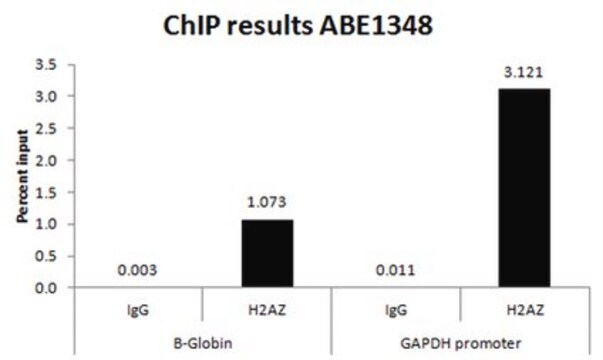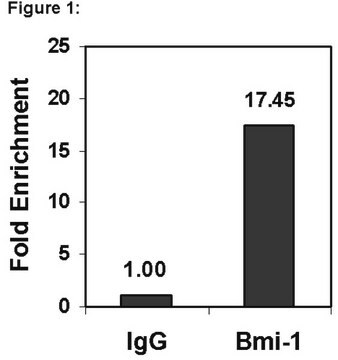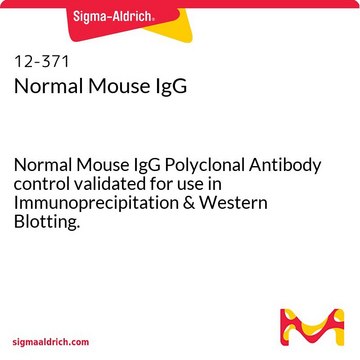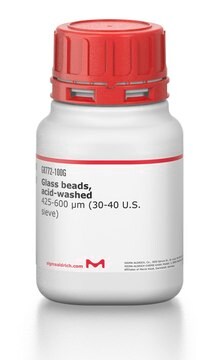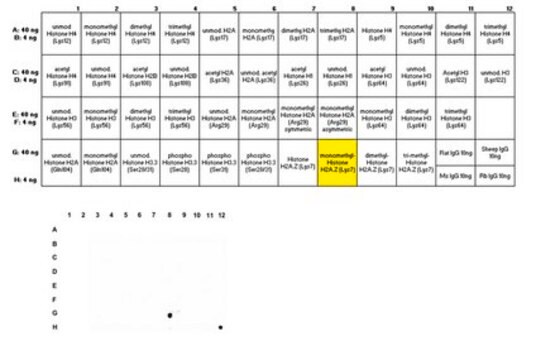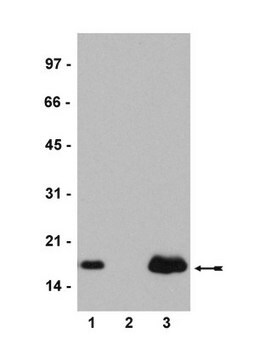ABE1363
Anti-acetyl Histone H2A.Z (Lys 5, 7, 11) Antibody
from rabbit, purified by affinity chromatography
Synonym(s):
Histone H2A.Z, H2A/z
About This Item
DB
ELISA
ICC
WB
ELISA: suitable
dot blot: suitable
immunocytochemistry: suitable
western blot: suitable
Recommended Products
biological source
rabbit
Quality Level
antibody form
purified antibody
antibody product type
primary antibodies
clone
polyclonal
purified by
affinity chromatography
species reactivity
mouse, human
technique(s)
ChIP: suitable (ChIP-seq)
ELISA: suitable
dot blot: suitable
immunocytochemistry: suitable
western blot: suitable
NCBI accession no.
UniProt accession no.
shipped in
wet ice
target post-translational modification
acetylation (Lys5,Lys7,Lys11)
Gene Information
human ... H2AFZ(3015)
General description
Specificity
Immunogen
Application
Dot Blot Analysis: 0.05 ug/mL from a representative lot detected acetyl Histone H2A.Z (Lys 5, 7, 11) in H2A.Z peptides.
Chromatin Immunoprecipitation (Seq.) Analysis: A representative lot immunoprecipitated acetyl Histone H2A.Z (Lys 5, 7, 11) using chromatin from K562 cells.
Immunocytochemistry Analysis: A representative lot detected acetyl Histone H2A.Z (Lys 5, 7, 11) in HeLa cells.
Quality
Target description
Physical form
Other Notes
Not finding the right product?
Try our Product Selector Tool.
Signal Word
Warning
Hazard Statements
Precautionary Statements
Hazard Classifications
Skin Sens. 1
Storage Class Code
12 - Non Combustible Liquids
WGK
WGK 2
Flash Point(F)
Not applicable
Flash Point(C)
Not applicable
Certificates of Analysis (COA)
Search for Certificates of Analysis (COA) by entering the products Lot/Batch Number. Lot and Batch Numbers can be found on a product’s label following the words ‘Lot’ or ‘Batch’.
Already Own This Product?
Find documentation for the products that you have recently purchased in the Document Library.
Our team of scientists has experience in all areas of research including Life Science, Material Science, Chemical Synthesis, Chromatography, Analytical and many others.
Contact Technical Service